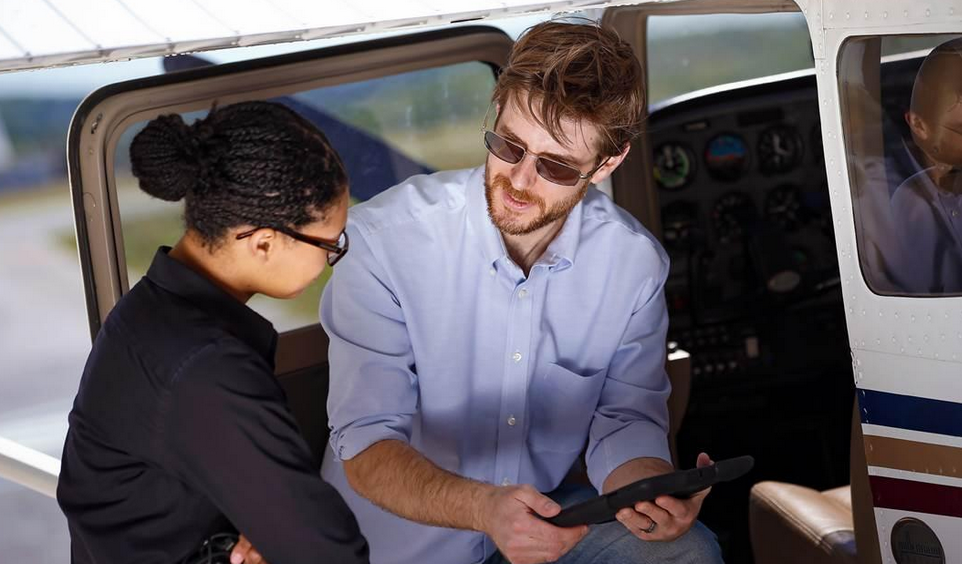Hit 1500 Hours and Crickets? How to Land Your First Pilot Job in Today's Market
You've done the grind. Whether you were instructing in the traffic pattern or towing banners along the coast, you've finally hit the magic number: 1,500 hours. It's a massive achievement, but for many pilots in today's market, it's followed by a frustrating silence. The airline hiring "freeze" is real, class dates are being pushed, and the promised pilot shortage feels like a distant memory.
The hard truth is that 1500 hours is no longer the golden ticket it was a couple of years ago. But that doesn't mean your journey is over. It means it's time to get strategic. Here is a guide, based on insights from the pilot community, on how to secure your first pilot job after 1500 hours.
The New Reality: Why 1500 Hours is Just the Starting Line
The post-COVID hiring boom was an anomaly. We are now back to a competitive hiring environment where simply having "a pulse and 1500 hours" is not enough to get noticed. In today's market, 2,500 or even 3,000 hours is becoming the new unofficial minimum to be truly competitive for major and even some regional airlines.
The industry is now saturated with qualified pilots who have hit their minimums, and airlines can afford to be picky. They're looking for more than just total time; they're looking for quality experience, proven skills, and connections. If your applications are going unanswered, it's time to focus on enhancing your resume beyond the raw numbers.
It's Not Just How Many Hours, But What Kind of Hours
Not all flight time is created equal. While a job like banner towing is a fantastic way to build hours quickly, airlines tend to view it as solo, VFR time. To stand out, you need experience that translates directly to the airline environment.
- Instruction is King (Especially IFR): Airlines value CFI time, and they especially value CFII time. Why? Because instructing keeps your knowledge sharp and, more importantly, a CFII gains valuable experience in the IFR system. A logbook filled with instrument instruction is far more compelling than one filled with VFR flying along a beach. There are thousands of 1500-hour pilots with almost zero actual IMC time; don't be one of them.
- Multi-Engine & Turbine Time is the Ultimate Goal: This is what truly separates you from the pack. Any opportunity to build multi-engine or, even better, turbine time should be your top priority. This is the experience that will get your application moved to the top of the pile.
Where to Look When AirlineApps is a Ghost Town
If the airlines aren't calling, you need to look elsewhere to build the quality time they're looking for. Your first pilot job after 1500 hours may not be at an airline, but it will be a critical stepping stone.
- Part 135 Operations: This is the most common and effective pathway. Look for cargo operators flying Cessna Caravans or other turboprops. These jobs will immerse you in the IFR system and provide invaluable real-world experience. Also, research local charter and air ambulance companies, but be prepared for high time requirements and a demanding schedule.
- Corporate/Part 91: Find SIC (Second-in-Command) opportunities in corporate jets. This requires serious networking. Work a line job at your local FBO, make friends, and be ready when an opportunity arises.
- Be Geographically Flexible: Limiting your job search to one city is a significant handicap. The pilots getting hired are the ones willing to move for a job or endure a commuter lifestyle. A job is a job, and in a tight market, you have to be willing to go where the work is.
The path to an airline career is still there, but the shortcut has closed. Success in this market requires patience, persistence, and a strategic focus on building a resume that's impossible to ignore. Keep flying, keep improving your qualifications, and be ready to seize the opportunities that exist beyond the airline world.
Ready to make your transition easier?
Run an automated review to verify your hours, fix gaps, and get a submission‑ready checklist.
Create your accountLearn more